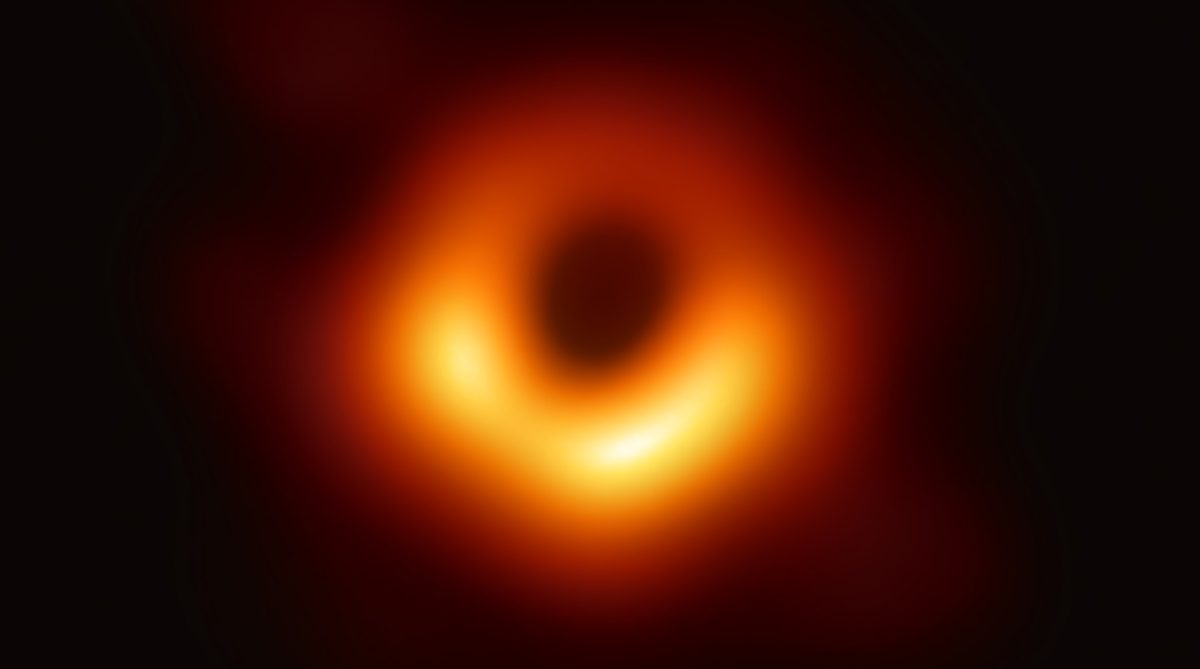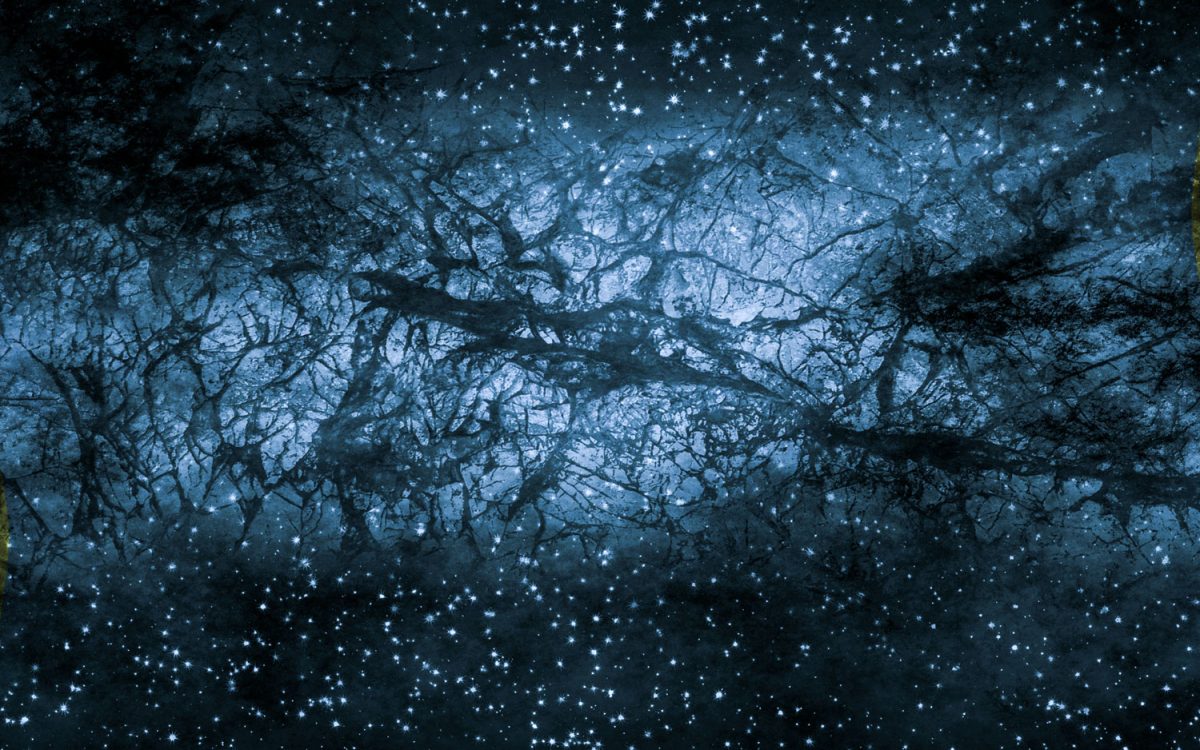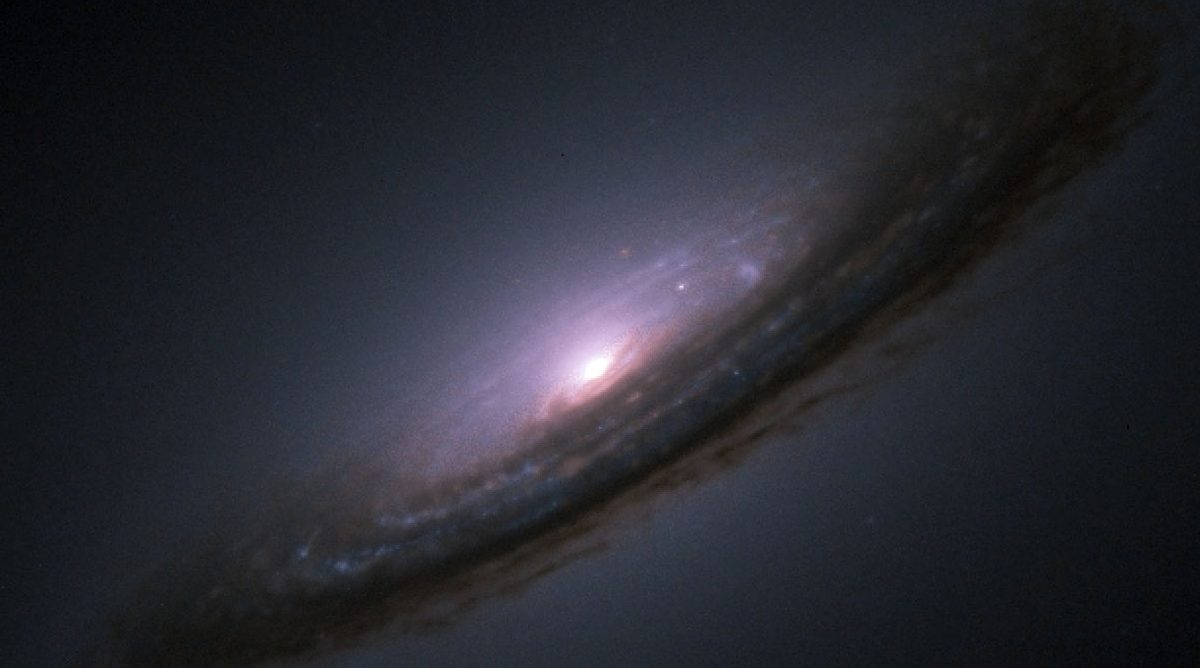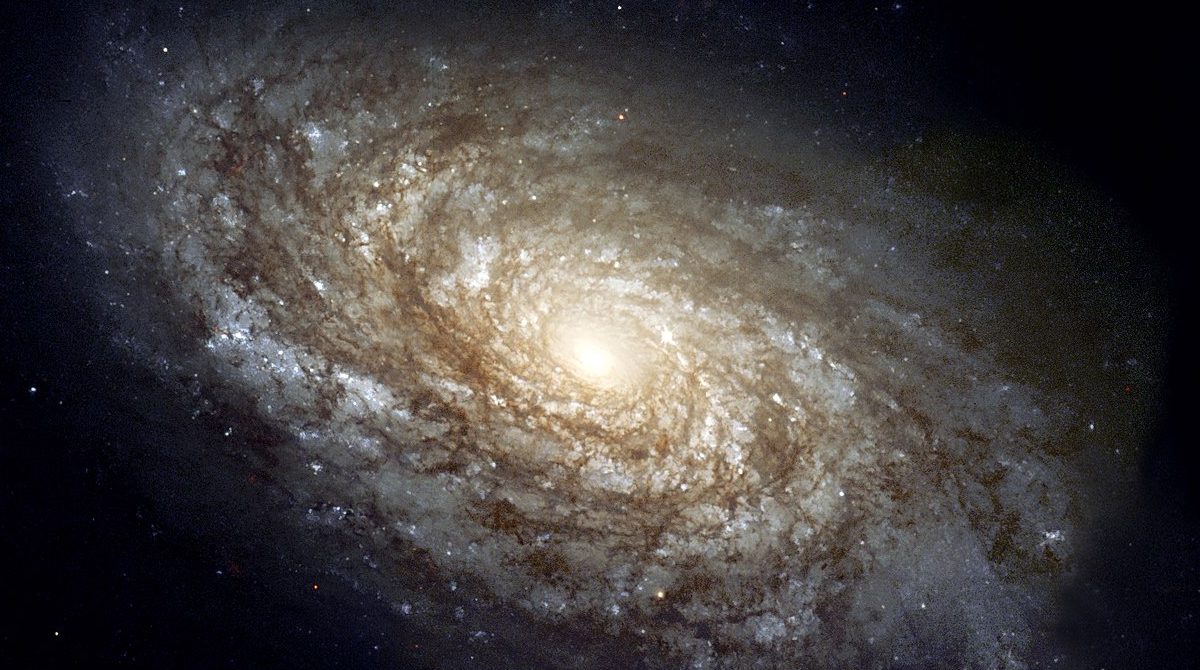Gamma-ray bursts

A gamma-ray is a form of high-energy radiation. Gamma-ray bursts are extremely powerful explosions that were accidentally first discovered in the 1970s, while the US was monitoring space for signs of Russian nuclear testing. Now, we detect at least one of these massive explosions every day – but no one knows exactly what causes them. The bursts typically last for only fractions of a second, making them difficult for astronomers to trace. Scientists have theorized that gamma-ray bursts are caused by exploding stars.
Hot Jupiters

A hot Jupiter is a type of large exoplanet that orbits close to its star. They remain one of the great unsolved mysteries because they are so different from anything in our Solar System. Planets made of gas are likely to form farther away from their stars – so what causes these giant exoplanets to move into close orbits with their stars? Astronomers believe that collisions between planets may cause them to change their orbits, and that eventually they get caught in the star’s powerful gravity.
Black holes

Black holes – large, dark regions of space with extremely powerful gravitational forces that can pull in even light – remain a mystery. Scientists estimate there may be as many as 100 million black holes in the Milky Way. However, they don’t know how they’re formed or what they do. Scientists also don’t know what happens if matter passes through one of these black holes.
White holes

Einstein’s Theory of General Relativity predicts that the polar opposite of a black hole must exist. This region is known as a white hole and is believed to be an infinitely dense point in space from which matter bursts out. While black holes have been confirmed, the existence of white holes remains an unsolved space mystery due to their theoretical nature. Yet the search goes on, if only to prove Einstein right; 100 years after he predicted gravitational waves, we have just confirmed that they exist.
Dark matter

The universe is made of baryonic matter, which includes protons, neutrons, and electrons. Astronomers used to think that the universe was made entirely of baryonic matter; however, they now know that it contains other types of matter as well. Recent scientific discoveries show that the universe consists of only 5 percent baryonic matter. Scientists have yet to identify the other 95 percent. Some believe that dark matter makes up 25 percent of the universe – but they have no idea what it is or what it’s made of.
Saturn’s spokes

The Hubble Space Telescope has spotted mysterious radial smudge marks on Saturn’s rings that reappear every Saturnian year. The spokes are thin radial features that appear in images of the planet’s rings. Voyager 1 and 2 discovered the spokes in 1980 when they flew past Saturn; since then, scientists have wondered whether they are real or an artefact of imaging. If they are real, then why do they appear only in some seasons? Scientists hope that new Hubble data will give them answers.
Saturn’s moons

When NASA’s Cassini spacecraft snapped a picture of Saturn’s rings in 2013, it revealed disturbances that suggested the formation of a new moon. The tiny satellite is called Peggy, after an American astronomer who discovered many such satellites around other planets. The discovery of a new moon orbiting Saturn has helped scientists understand how the planet got so many moons. However, it also raises more questions. The Cassini spacecraft went dark in 2017, so we don’t know if Peggy is still there. It will be a long time before another mission can reach Saturn to confirm.
Quantum entanglement

Quantum entanglement is a phenomenon in which two particles from separate galaxies mirror each other’s behaviour. Albert Einstein dubbed quantum entanglement “spooky action at a distance,” because he was perplexed by how two particles could be linked despite being separated by vast distances. Scientists are baffled by this phenomenon, which seems to violate fundamental laws of physics. If the particles are communicating faster than the speed of light, it could have profound implications for our understanding of space and time.
Supernovas

When massive stars die, they explode in a brilliant display of light called a supernova. These explosions can briefly outshine an entire galaxy. Despite extensive research and modern technologies, scientists have yet to determine how supernovas occur. Scientists are eager to understand the process, including what happens inside a star before it ignites.
Galaxies

Researchers have proposed several theories about how planets, stars, and other astronomical objects form. However, one of the greatest mysteries in space science is how galaxies are formed. When the universe began, it was filled with large whirling collections of stars, solar systems, dust and more. But, although scientists believe there are hundreds of billions of galaxies in the universe, they don’t know how they were created.